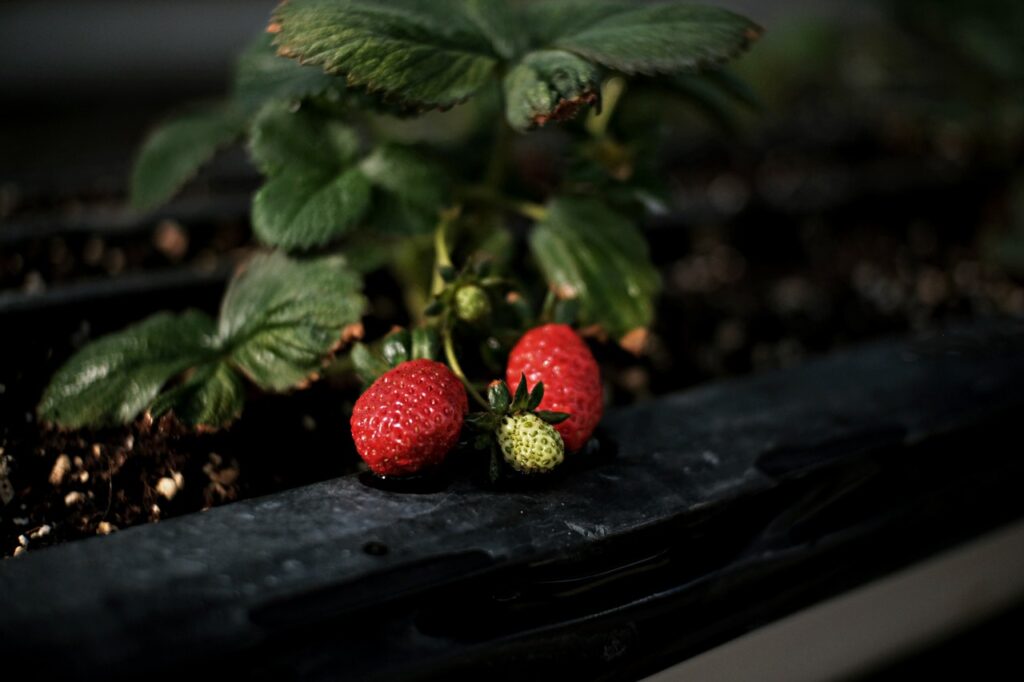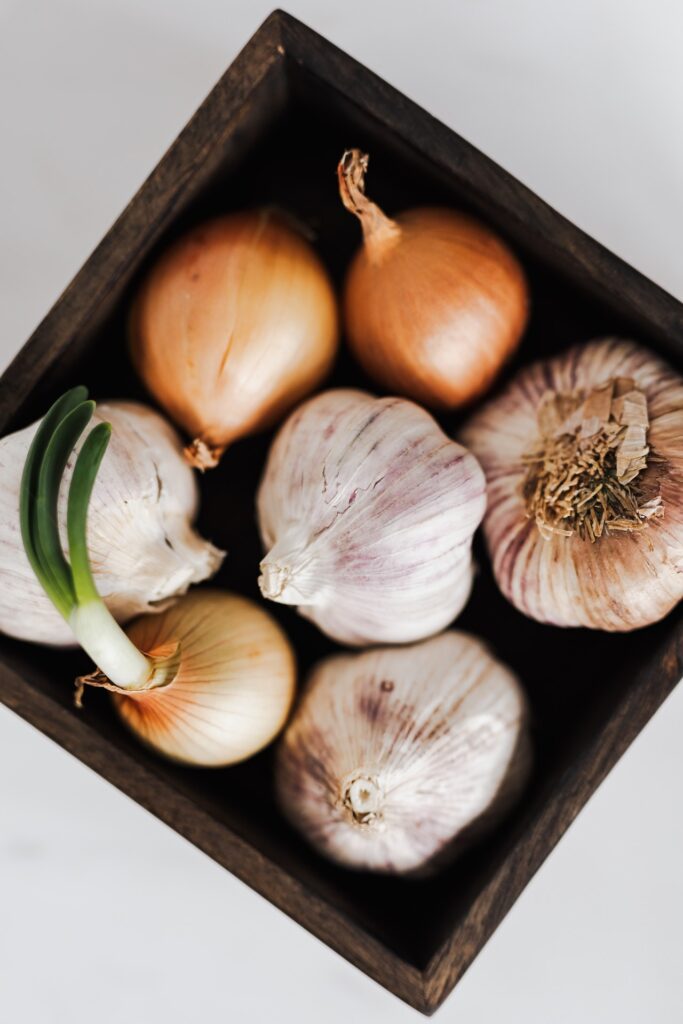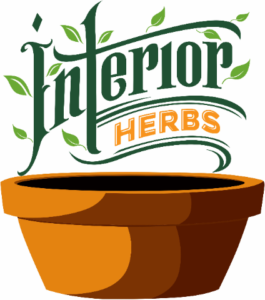Wherever you turn your eyes on the streets of our cities and towns, in roadside ditches and on the outskirts of forests, everywhere we stumble upon empty plastic bottles from under mineral water or any drinks. And summer cottages and territories adjacent to them are literally littered with this rotting container.
It has now been determined that it takes at least 500 years to decompose one small children’s plastic toy (to the molecular level due to the action of various natural factors and processes).
Nevertheless, many gardeners are trying to repeatedly use these plastic bottles (large and small) in their households so that they help to preserve plants and grow crops, most often 1.5-2 liter containers are used.
How To Use Plastic Bottles To Grow Plants
Their application is very diverse. The lower part of the bottle is used indoors to prepare seedlings before planting in open ground. If you place the seedlings directly on the beds in a high and relatively wide polyethylene vessel, cutting a little bottom and deepening into the ground, the bear may not get to the roots of the plants, some gardeners say (although this seems doubtful).
In a plastic bottle, it is good to grow onions on a feather in winter. Very often gardeners use plastic bottles as long-term drinking bowls: after filling them with water, they insert them with their neck down under tomatoes or cucumbers in a garden or in a greenhouse.
As the soil dries, water from the bottles will seep under the roots of the plants. So those gardeners who visit the country only on weekends provide watering of vegetable crops.
Plastic bottle Halves of 1.5-2 liter bottles enclose vegetable beds. A good funnel can be made from their neck, and a convenient scoop can be easily cut out from a solid cylinder in case of urgent need (in the latter version, the cork is not removed). Sometimes parts of large bottles are used to grow an extra root system in a tomato.
When planting herbs, the ring is immersed in soil to ground level. Seedlings are placed there and covered with humus, as the plants grow and strengthen, the ring is gradually raised and filled with weathered weeds and good soil. Under such conditions, additional tomato roots grow rapidly.
In this case, the “elongated” root system significantly increases the yield. From a half-liter bottle (punctured several times with an awl), you can make a water diffuser on a watering hose: such a stream will not damage young (thin-stem) plants.
There were several experimental observation of the use of the upper halves, inserted into each other and fixed among themselves, as a vertical drain hose to drain the water falling on the roof of the house. The lower end of such a “hose” is directed into a barrel for collecting water.
When engaged in the cutting of currants and gooseberries, it is advisable to cover the cuttings well with water and then cover with a half of a plastic bottle. In such a confined space, increased air humidity is preserved, which means that the turgor (fluid pressure inside of the leaves) of the leaves does not decrease so much, the earth does not dry out longer.
By the way, seedlings of many vegetable plants are better preserved under plastic cans. In addition, cabbage flies, for example, have no way to lay eggs near young plants.
Use Of Plastic Bottles In Gardening
Some gardeners scare away mice and other rodents by installing on long wooden poles in several places a section of windmills made from a plastic bottle. The impeller blades are cut out with scissors from the lid of the can, and the body is cut out of the wall of a plastic bottle or it is made from a flattened bottle.
The air currents caused by even a weak wind, rushing over the bottles, “draw” air from the necks and cause a low humming sound that spreads through the holes of these animals, scaring them off the site.
A plastic bottle can save a swarm of wasps from organizing a nest next to an open summer terrace, or when they eat the fruits of a sweet pear. The neck is cut from the bottle, water is poured into its lower part, and the cut-off neck, like a funnel, is inserted into the bottom. Then they take a thick wire, string on it pieces of apples, pears, damaged by wasps, and this bait in this form is placed in a funnel.
A day or two will pass – and at the bottom of the bottle there will be wasps that cannot be pulled back. You can cut the plastic bottle so that the bottom is slightly longer than the top. At the bottom of the bottom, put a piece of raw meat and pour it with a mixture of honey and water. Cover the bottom of the meat bottle with the top half turned upside down. The smell of food will attract wasps that rush into the bottle, but cannot get out.
As you can see, plastic bottle has many advantages for gardener, so it is always wise to keep your plastic bottles – they might be very useful to you. This way you are not only helping environment, but also saving costs for buying unnecessary gardening tools and saving yourself time and money. Most importantly, plastic bottles are one of the most effective substitutes of flower pots. In this article we present you some of the herbs that grow very well in plastic bottles.
Basil
Greens in the winter, a very important part of diet. Therefore, the house sometimes serves as a greenhouse for greenery, while the garden and the vegetable garden rest.
The very idea of a garden on a windowsill is certainly not new, but every year people try to experiment and try something new. These experiments led people into recycling plastic bottles and using them for growing herbs.
Helpful hints growing Basil in plastic bottle
Cut to the higher, so that the root system of the plant develops better. Also try small containers, but the root system of basil is powerful, and quickly eats up all the nutrients.
For starters, and convenience, 2lt will do. Container with more convenient and wider neck is needed. So that everything is still aesthetically beautiful, we don’t fill the earth to the edge by 10 cm. It will be like a holder for a bunch of greenery.
Seedling Soil
It is better for beginners to buy the ready mixture in the store. When this is not possible, any soil will do, but it will be necessary to disinfect it.
To do this, spill the earth with phytosporin or a weak solution of potassium permanganate. Expose to the door for two weeks, the cold and additives will do the trick.
Boiling Water
When brought into the house, the container warmed up, make boiling water and immediately water the earth.
It seems to that this is exactly how we get rid of everything we do not need and get good soil for growing greens (any, whether it be parsley, dill or salad).
Seedlings, Fertilizers and Disease Protection
To plant, and everything started to work faster, sprinkle the seeds and crush them with the fingers into the ground, you can make everything with a teaspoon (fingers are more pleasant).
Then sprinkle with a thin layer of soil (0.5cm), cover with cling film and put in a warm place, wait until the sprouts appear.
As it rises and begins to grow, it reaches a level of 4-5 cm. It is time to do prevention and sprinkle with ash and sand (50/50 mixture).
Watering
Give 100ml three times a week. It does not stretch, grows more evenly and fungal diseases, thanks to prevention, do not appear.
As you can see, while the site is resting, we already have the opportunity to have fresh vegetables and herbs. The main thing is desires, a bit of patience, and not much luck.

Strawberry
A personal favourite fruit of mine and growing strawberries is so easy to do!
The technique of growing strawberries in plastic bottles
Strawberries in plastic bottles were cultivated until recently relatively rarely. However, in recent years the situation has changed, and many gardeners are happy to use this option of cultivating berry plants, not only in personal plots, but also on balconies or loggias.
Features and advantages of the method
If a garden or garden plot has a small area, it is economically feasible to master the vertical arrangement of berry plants, which will not only allow a decent harvest of ripe berries, but also with the right approach to the organization, will make the beds a real decoration element.
Growing garden strawberries or berries in the most ordinary plastic bottles has the following advantages:
- Allows you to reduce the number of time-consuming activities such as the removal of weeds and loosening of the soil;
- Reduces the risk of crop diseases and reduces the number of plant sprayings used for the prevention of diseases;
- Improves the aesthetics of the site and contributes to the creation of an unusual, original style of fencing or construction;
- Significantly saves the usable area of the site.
Of course, such cultivation of garden strawberries has some disadvantages that it is desirable to take into account in the process of berry cultivation:
- The root system of strawberries may lack nutrition due to the small amount of planting soil;
- The soil in the container dries faster and needs more frequent and plentiful irrigation measures;
- The lack of mobility of such structures quite often causes freezing of strawberry bushes in the winter.
However, the use of drip irrigation system, the use of hydrogel, more complete and frequent feeding, as well as the transfer of containers with structures in the fall to a relatively warm room can quickly and effectively eliminate the shortcomings of strawberry cultivation in bottles. Thus, by creating a lightweight design based on ordinary plastic bottles, you can even get a very good harvest of fresh berries on the balcony.
Landing Features
It is advisable to use ready-made fertile soil intended for growing flower and berry crops. If you use land from your own garden plot, you should pay attention to its quality composition, as well as conduct the most effective disinfection.
In containers made of plastic bottles cut across, you can plant no more than one bush of garden strawberries
In containers made of plastic bottles cut across, you can plant no more than one bush of garden strawberries. The location of the landing container horizontally makes it possible to plant two plants in a bottle. A more thickened planting has a bad effect on the health of strawberries and provokes a sharp decrease in productivity.
Growing Technology
There are no special requirements for plant care with this method of cultivation. Garden strawberries need to implement standard measures aimed at irrigating, fertilizing and preventative spraying.

Onions
Onions are the staple of any good meal! So being able to grow your own is an absolute must.
Bottle and soil preparation
Before organizing an onion planting event, you should decide on the type of tear vegetable. In addition, take a large eggplant from under drinking water, as well as prepare the soil for planting.
Do not use for planting containers where chemicals or household chemicals were stored. In this case, the plant will not be able to grow and develop properly. It is best to use cans containing food or water inside. The volume of the future flowerpot can be any – from 1.5 to 10 liters.
The first stage of preparation includes the preparation of the bottle. You need to make holes in it in random order. They can be cut with scissors or a knife, but after that they must be burned with fire or better with a soldering iron.
The latter will do its job neatly and without extra hole extensions. The perimeter of the hole must be made so large that the sprout from the onion can freely penetrate and grow in breadth. If you leave sharp edges, the young feathers will rub against them, thereby damaging them.
It is convenient if there are horizontal stripes on the bottle. Thanks to them, the holes are obtained on the same level. They need to be placed so that the bulbs can be laid side by side, and their necks peek out evenly into the open gap.
Each next row is staggered for easy germination of the feathers so that they do not obscure each other. The holes must not be located at the very bottom, but from the second level. This is necessary for watering – stagnant water did not provoke rotting of the bulbs.
Be sure to make holes on the bottom to drain excess moisture after watering. It is also necessary to remove part of the bottle from above. It is necessary for convenience of planting inside the container and to fill the upper part with seedlings.
Having done all the manipulations with the tank, you should pay attention to the soil where the heads will sit. The easiest way to purchase garden greens is in a flower shop. It already contains all the nutrients and minerals that provoke the rapid growth of sprouts.
And you can also do it yourself. This will require garden land, humus and peat. All ingredients must be mixed in the proportions:
- 7 parts – peat
- 2 parts – humus
- 1 part – garden land
Mostly, clay soil should not be used for planting; the vegetable will not grow in it. It is required to lay drainage on the bottom of the pot.

Varieties Of Onions
There are no specific species preferences for planting. This process is based on the gardener’s preferences. However, when choosing a torch, it is worth considering that some varieties do not tend to produce green leaves, but are designed to increase the bulb.
You should also pay attention to how long the heads take time to release the feathers, as well as what care they require. It is best to take a look at the early ripening varieties.
The Most Popular Varieties For Feathering
- Leek (pearl) – the appearance of its leaves is close to garlic greens, but they are quite wide. The taste of the feathers has an interesting aftertaste. It has a high yield.
- Slime – when touched, it smells of garlic. Its foliage is wide and flat, but it has a very delicate structure. Its characteristics are pleasing with a long period of fruiting, as well as rapid ripening. If the heads are located in open ground, then the forcing of greens ends with the first frosts. And indoors, splinters are capable of fledging year-round.
- Schnitt – its leaves have very long feathers, reaching almost 50 cm. They withstand long periods in their original state, without blackening or dimming. In terms of yield, it exceeds all types, and also does not require special personal care.
- Shallot – has large yields, is not capricious in leaving, is more suitable for such plantings. Exceeds all other species with its quantity of produced greenery;
- Egyptian (Canadian) – the most unpretentious species, not afraid of low temperatures.
To grow and get good greens, any variety is suitable, it is important to choose multiclausal types that have many nests for growth. Thus, the choice of the variety of bulbs depends only on the desire of the gardener. The main point for good growth is to provide the proper conditions for feathering.
Sam is a graduated biologist who sub-specialised in Botany in his final years. With a passion for human health and food, this was the perfect marriage of his interests. Having been born in the country but spent most of his life living in cities, this blog was his answer to learning how to grow a garden indoors if you didn’t have ample space outside.

